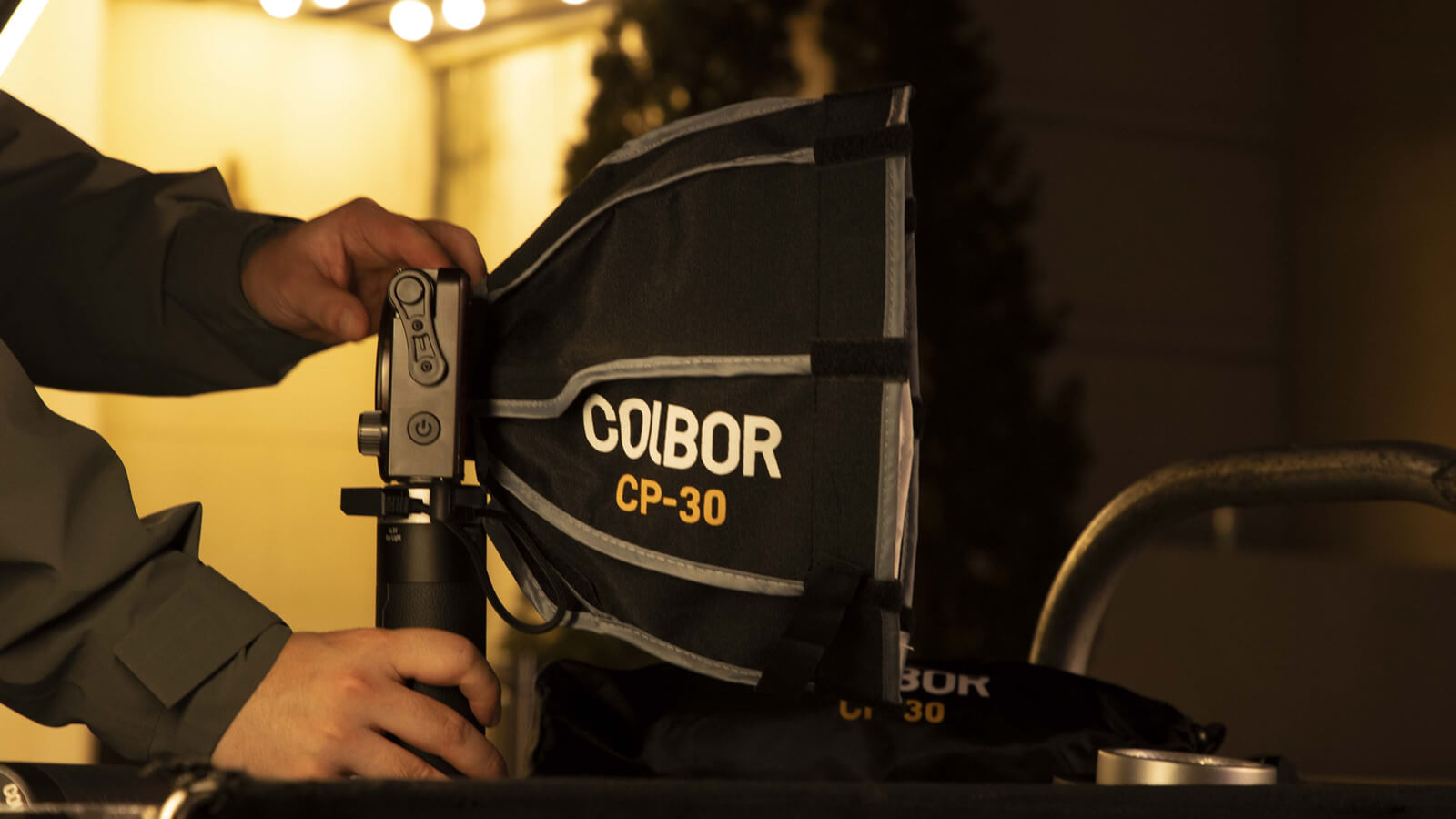In the world of virtual communication, where face-to-face interactions have been replaced by video calls, the importance of lighting cannot be overstated. Among the myriad factors that contribute to a successful video call, soft lighting stands out as a game-changer, transforming ordinary visuals into captivating displays of clarity and professionalism. Defined by its gentle, diffused glow that minimizes shadows and highlights facial features, soft lighting for video calls has become a must-have element for anyone looking to make a lasting impression in the digital realm. In this article, we delve into the essence of soft lighting, explore its defining features, and provide tips on how to achieve this lighting effect to improve your video calls.

What is soft lighting for video calls?
Soft lighting is a method of illuminating the subject softly and evenly, minimizing harsh shadows and promoting a more pleasing and peaceful appearance. In contrast to harsh lighting, which produces clear shadows and sharp variations, it ensures a smoother shift from light to dark areas. It envelops subjects in a soft radiance, establishing a whimsical and sometimes romantic ambiance. To create soft lighting in film or any other scenarios, large and diffuse light sources are employed to scatter light rays, resulting in a gradual merging of bright and dark elements.
What are its features?
Soft light for video calls carries the following five features:
Reduced distraction: Soft light draws less emphasis to shadows than hard light. By nature, our eyes are drawn to areas of extreme contrast. If you're employing harsh lighting, your viewer's gaze may be drawn to other locations in the frame except your subject.
Gentle shadows: Soft lighting for video calls diminishes the presence of harsh shadows, resulting in a more uniform spread of light over the subject. This softening of shadows contributes to a pleasing and natural look.
Reduced contrast: The essential cinematographic element of contrast is softened when employing soft lighting. This decrease in contrast can be particularly advantageous for specific scenes, such as intimate moments or emotional conversations.
Appealing portraits: It is frequently utilized to elevate the subject's attractiveness by reducing flaws and subtly emphasizing facial features.
Atmosphere and emotion: Soft lighting establishes a serene and cozy atmosphere that is suitable for romantic scenes, nostalgic sequences, or situations requiring a sense of tranquility.
How to get soft lighting in video calls?
There are 3 common ways to achieve soft lighting for video calls, including diffusing the video call lighting, placing the light source close to you, and increasing the size of light source.
Diffuse video call lighting
Diffusion represents a straightforward and convenient method for creating a softer light source. Whether you opt for high-quality silk or choose to attach diffusion paper to your light, you will immediately notice a difference in the quality of light produced. It's important to note that while adding diffusion is an excellent initial step, there are other methods available to modify the softness of your light. Here are several methods to diffuse your video call lighting:
- If you're looking to add a subtle touch of softness to your lighting, diffusion paper is an excellent choice. Typically clamped to the barn doors of a light, this paper doesn't create a dramatic effect but rather provides a subtle overall softening.
- A softbox is a highly versatile tool on set, serving as a key, fill, or back light for your subject. The softness it produces relies on the size of the face of the softbox. Generally, larger softboxes generate a softer light compared to smaller ones.
- Similar to softboxes, umbrellas are commonly attached to a light source. Depending on the type of umbrella used, you can either shoot through it or bounce light off it onto your subject.
- In cases where you find yourself in a mundane office or home environment (or if you've forgotten your softbox), bouncing light off the ceiling is always an option. This technique effectively transforms the entire wall into a large soft light source. It is particularly useful when you want to evenly illuminate an entire room. Just remember that if you have high ceilings, you'll need a powerful light to achieve the desired effect.

Position your lights close to you to get soft lighting for video calls
The distance between your lights and you significantly influences the softness of the resulting shadows. The closer the lights are to you, the softer the shadows will appear. This may come as a surprise to many novices, as they often mistakenly believe that moving the lights farther back will soften the light. However, in reality, doing so will only decrease the exposure of the subject while intensifying the harshness of the shadows.
Increase the size of your light source
The size of your light source is an important aspect to consider when aiming for soft light for zoom calls. A larger light source will always produce softer light compared to a smaller source. Therefore, whenever feasible, opt for the largest light source available. This doesn't necessarily require using enormous lights, but rather involves creating a large source. These two concepts are distinct. For example, you can direct a portable LED video light towards a sizable diffusion panel, effectively making the diffusion panel the new source of light (rather than the actual light), resulting in a significant increase in overall softness.
